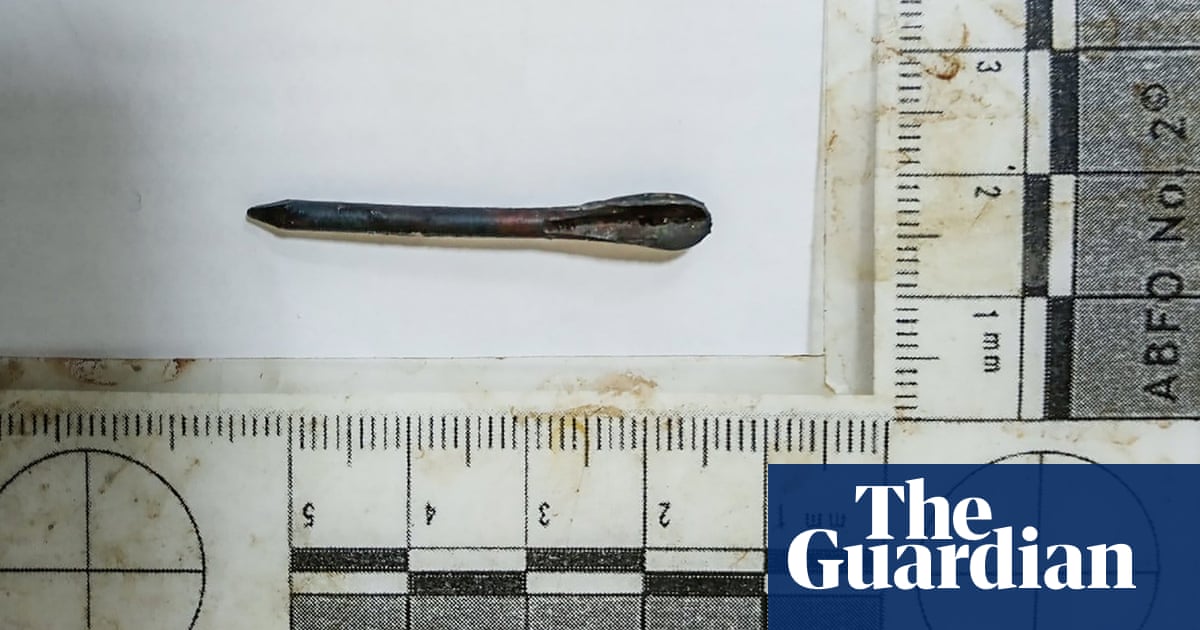Now it was shelling. What´s next?

 www.theguardian.com
www.theguardian.com

Dozens of Bucha civilians were killed by metal darts from Russian artillery
Forensic doctors discover fléchettes – rarely used in modern warfare – in bodies found in mass graves


